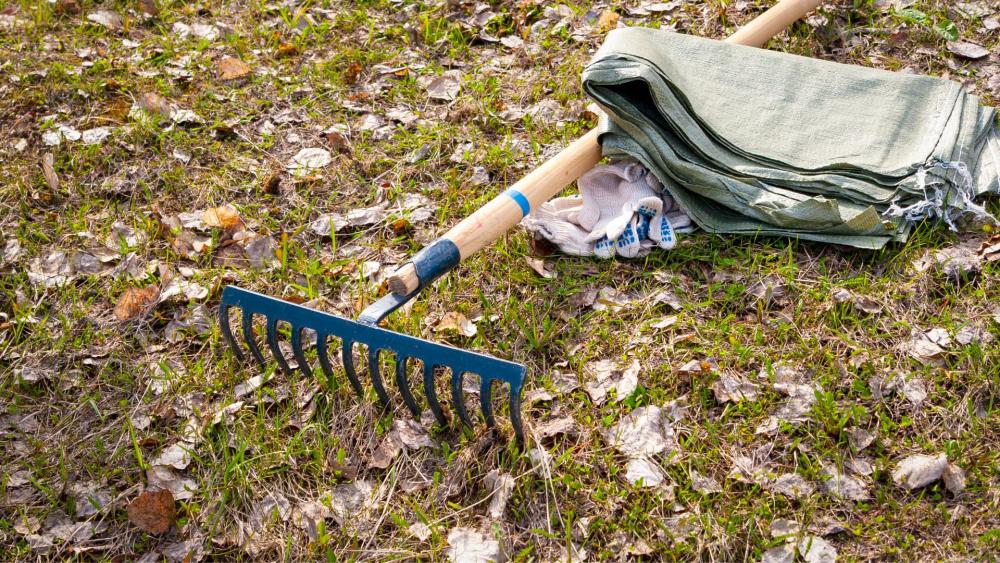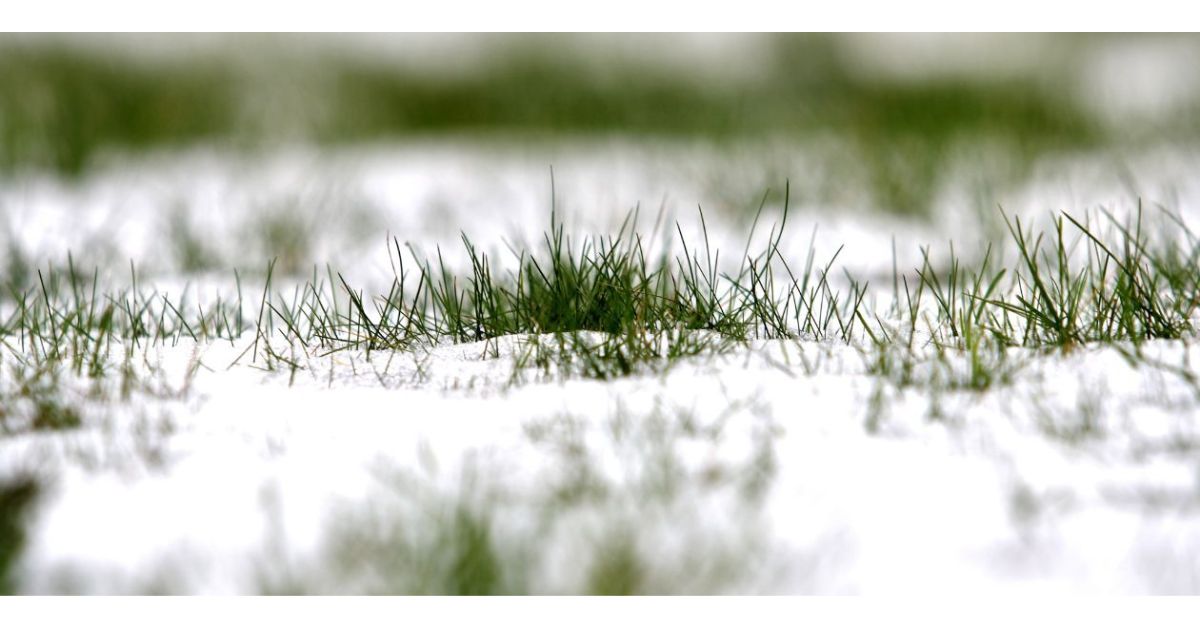Protect your yard throughout the winter to have a beautiful lawn in the spring
When winter rolls around every year, for many of us, the last thing we think about is lawn care. Although you won't be doing much lawn mowing, winter lawn care is essential to having a beautiful lawn in the spring and the warmer months. In this blog post, we will discuss five ways you can take care of your lawn during the winter.
Some of these tips may seem like common sense, but they are often overlooked. Follow these tips, and you'll be able to keep your lawn looking healthy all winter long!
Fertilizing
Keeping a healthy and vibrant lawn in winter isn't easy, but winter fertilization can make a big difference. Pre-emergent applications protect your winter lawn from weed invasions in the spring, while slow-release fertilization products ensure your winter grass has enough nutrients to stay strong and hardy through the cold winter months.
So don't let the winter be a setback - get ahead of it with winter lawn fertilization and make sure you're setting yourself up for success come springtime. For an excellent all-around fertilizer, we recommend Hi-Yield Weed & Feed 15-0-10.

It’s crucial to rake up leaves before they begin to decay into your turfgrass. Still, better late than never!
Raking
Fall lawn maintenance is a crucial component of winter lawn care and is a must for any property owner. Raking your lawn before and during the winter months is a great way to keep it looking its best year-round. By removing fallen leaves and other debris, you can prevent "snow mold" and decay from forming on the grass.
Additionally, if left on the lawn, these leaves can smother the grass in winter and make it more susceptible to disease and damage caused by the elements. Taking the simple steps of raking your yard once a week can help ensure that your property not only looks attractive but also stays healthy throughout all seasons.
Aerating
Aerating your lawn is a key preventative treatment to create healthier soil conditions during winter. Doing so not only assists with aeration but also prevents compacted soil. A heavily thatched lawn is the main culprit of blocking air and water, which stops nutrients from reaching the grass.
This, in turn, leads to less nutrition for your grass, leaving it vulnerable to damage when your area experiences cold weather. Aerate your lawn twice a year to ensure its health and to maintain a green and beautiful turf throughout the seasons.

Keep rock salt on stone walkways or paved areas only to avoid serious damage to your lawn.
Minimizing salt damage from de-icing products
You'll want to avoid salt damage as much as possible, as it easily robs the grass of nutrients by preventing proper absorption. If you must use something to de-ice your walkways near grass on your property, we recommend calcium chloride as an alternative to sodium chloride (rock salt).
It's important to also be wary of accidentally shoveling snow and ice that has mixed with de-icer onto your grass.
Avoiding heavy lawn traffic
Turfgrass will go dormant during the cold months, but its health still needs to be taken into consideration. Walking across lawns during the winter months can put stress on the turfgrass, which means it won't be able to recover as quickly when warmer temperatures come around and growth resumes.
To improve its appearance and protect your turfgrass, try varying your walking paths to ensure that all areas of your lawn experience a relatively even distribution of any potential wear and tear.
Mowing and other advice on how to tackle winter grass problems
While you might think cutting the grass in October or November might be the last time you mow for the season, that isn't necessarily the case. You can continue to mow your lawn until the first freeze in your area.
Do-It-Yourself Pest Control can make product and maintenance recommendations for winter lawn care. Our DIY lawn care professionals can provide you with helpful advice on winter grass problems to help you keep your lawn looking healthy all season long.




